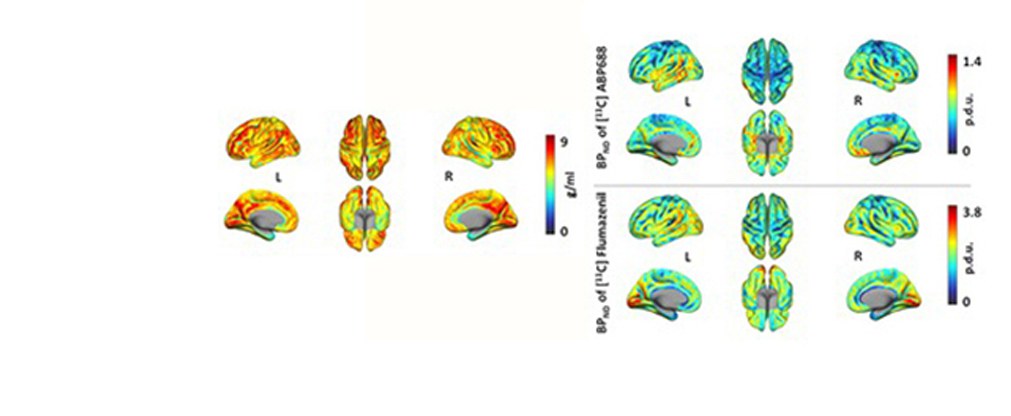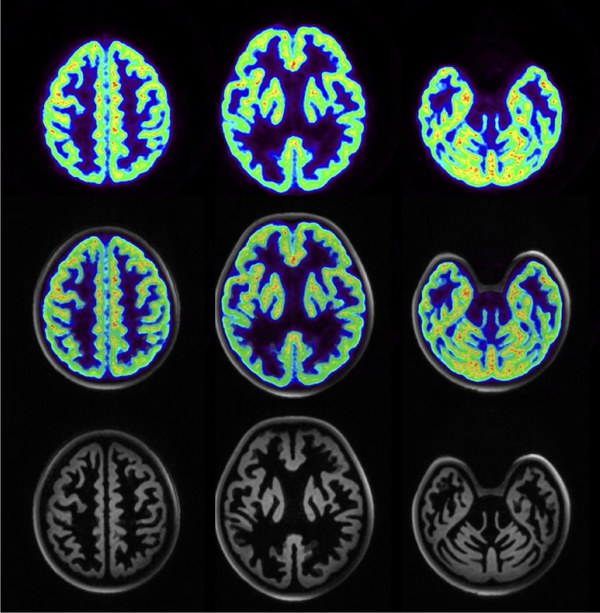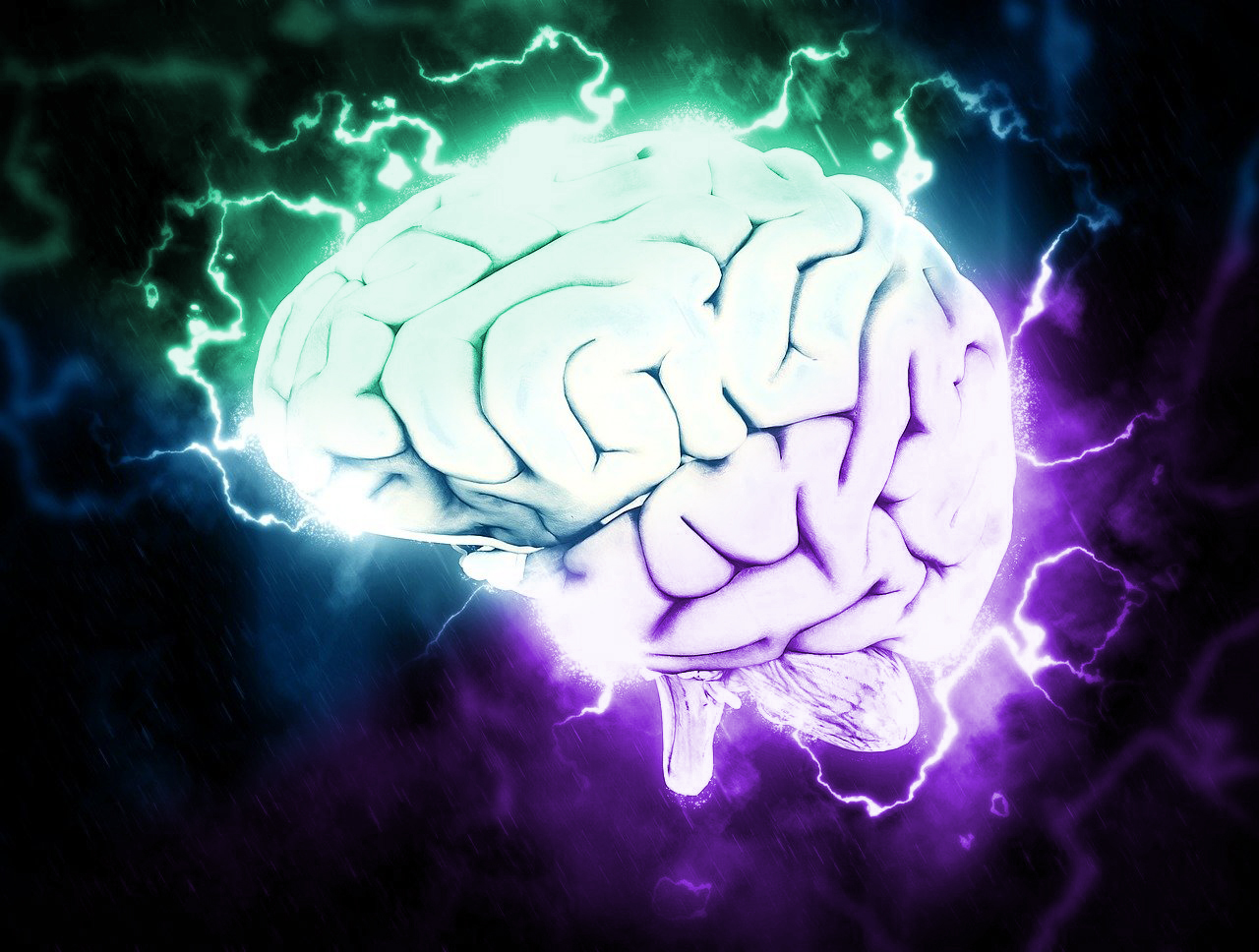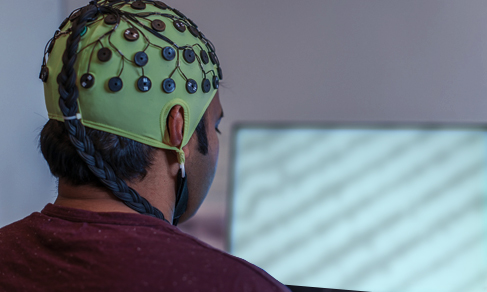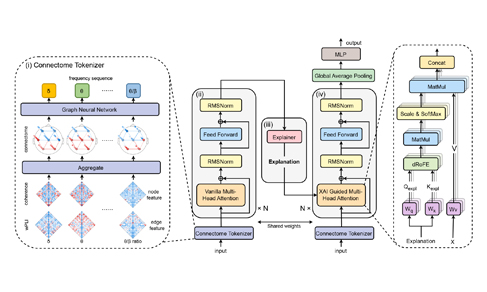Volunteers Wanted
We want our research to have an impact. That is why we aim to make our research results useful for society as a whole, shaping our own work based on social impetus. We attach great importance to close cooperation with outside research partners and partners from industry so that our findings can be applied to improve people's lives in the long term.
MEDICAL IMAGING PHYSICS (INM-4)
The research and development activities of our research groups in the Medical Imaging Physics division (INM-4) of the Institute of Neuroscience and Medicine focus on the development, experimental validation and the clinical implementation of novel brain imaging methods.
Head of Institute: Univ.-Prof. Dr. Dr. h.c. N. J. Shah
New Jülich Imaging Technology Offers Precise Insights into the Structure and Function of the Human Brain
Funded by the European Union

Volunteers wanted
NEWS
RECENT PUBLICATIONS
20th November 2025 - 7-Tesla Brain Imaging Shed Light on How Crohn’s Disease Affects Pain Processing
17th September 2025 - Shared brain changes link Crohn’s disease and major depression
5th July 2025 - 7-Tesla Ultra-High Field MRI of the Parahippocampal Cortex Reveals Evidence of Common Neurobiological Mechanisms of Major Depressive Disorder and Neurotic Personality Traits
2nd April 2025 - Fast MRI Technique Shows Potential for Brain Tumour Assessment
13th December 2024 - Study Highlights Long-Term Effects of Anodal tDCS on Brain Chemistry and Energy Metabolism
29th November 2024 - Insights into Depression Through Advanced Neuroimaging Techniques
27th October 2024. - Enhanced B1 Mapping Technique Improves SNR in MRI
1st September 2024 - A Novel MRI Technique for Enhanced Multi-Parameter Mapping
24th July 2024 - 7T MRS Study Sheds Light on the Relationship Between Metabolites in the Posterior Cingulate Cortex and Attention
17th July 2024 - Insights into Basal Ganglia-Thalamo-Cortical Connectivity in Major Depression using 7T fMRI
17th July 2024 - New Curved MRI Coil Design Enhances Chick Embryo Imaging
6th July 2024 - Evaluation of Attenuation Correction Methods for PET/MR Imaging
20th May 2024 - New Study Highlights the Role of Social Support and Psychological Resilience on Functional Connectivity in the Brain
13th May 2024 - Insights into Brain Microstructure Changes Across Lifespan
5th April 2024 - New Study Reveals Improved Dead Time Correction in PET Brain Imaging
15th February 2024 - AI-Assisted PET Imaging Identifies Hidden Brain Tumour Lesion
8th February 2024 - Review of Submillimetre fMRI Acquisition Techniques for the Detection of Laminar and Columnar Level Brain Activation
8th January 2024 - New Butterfly Coil Demonstrates Improved Signal Quality




